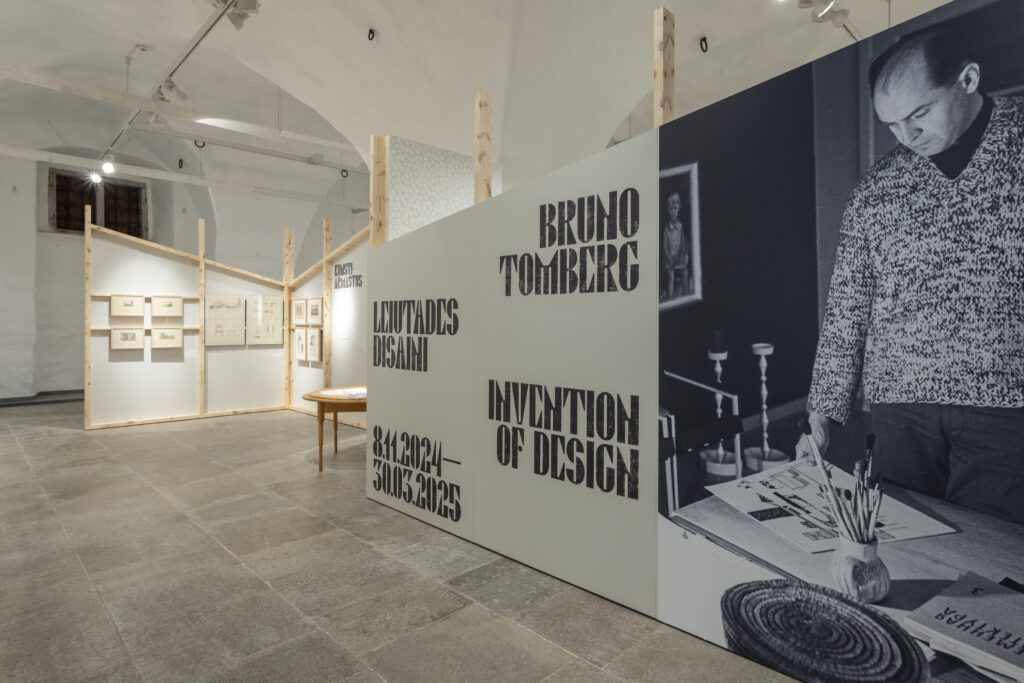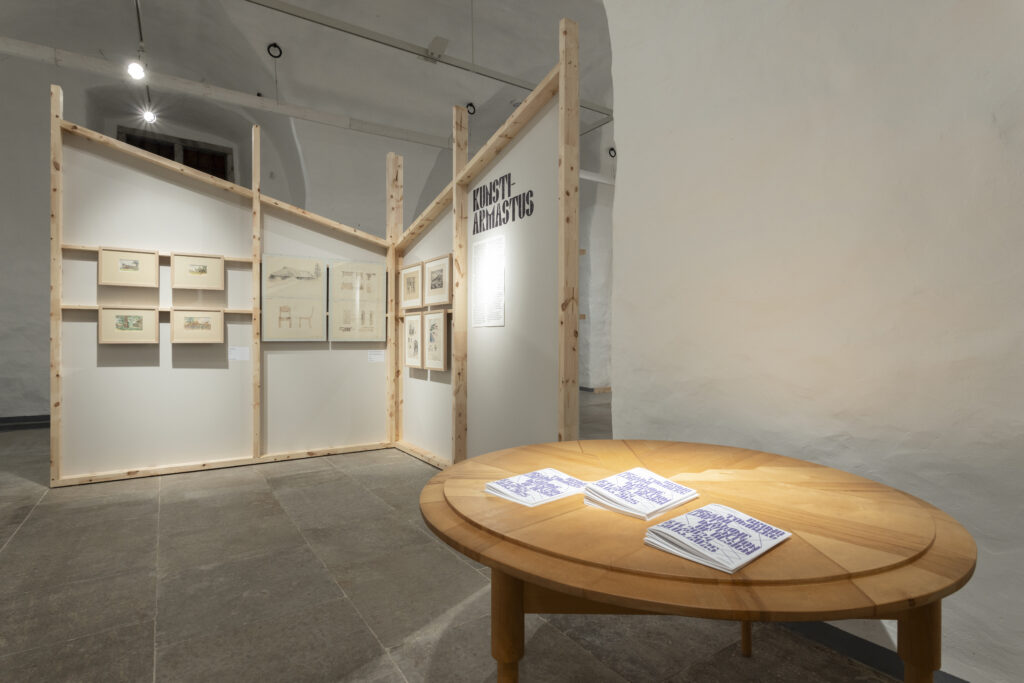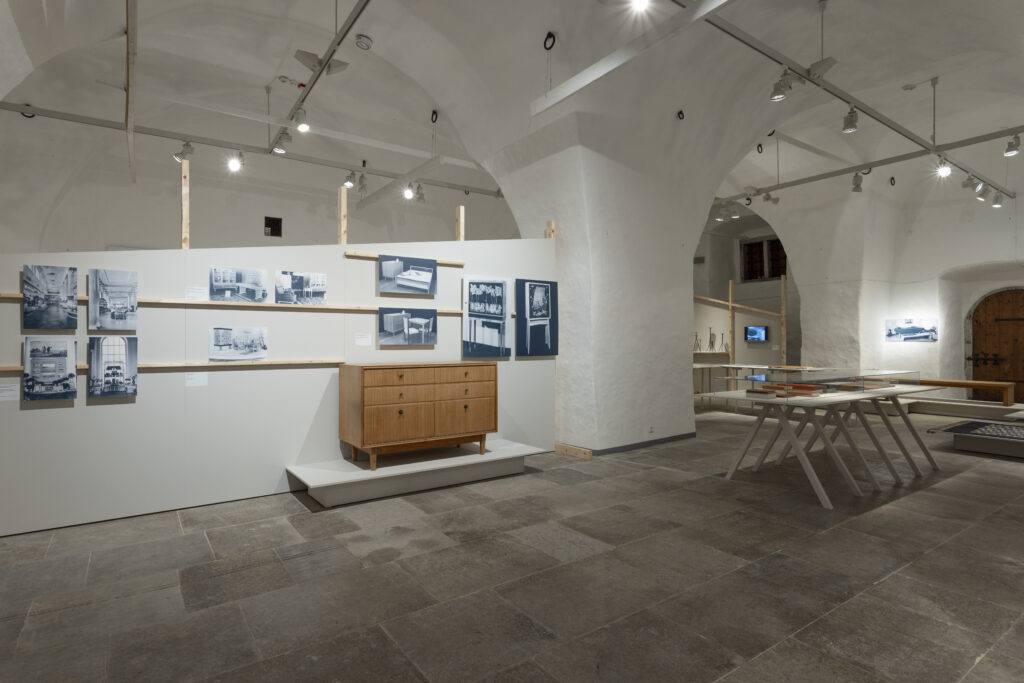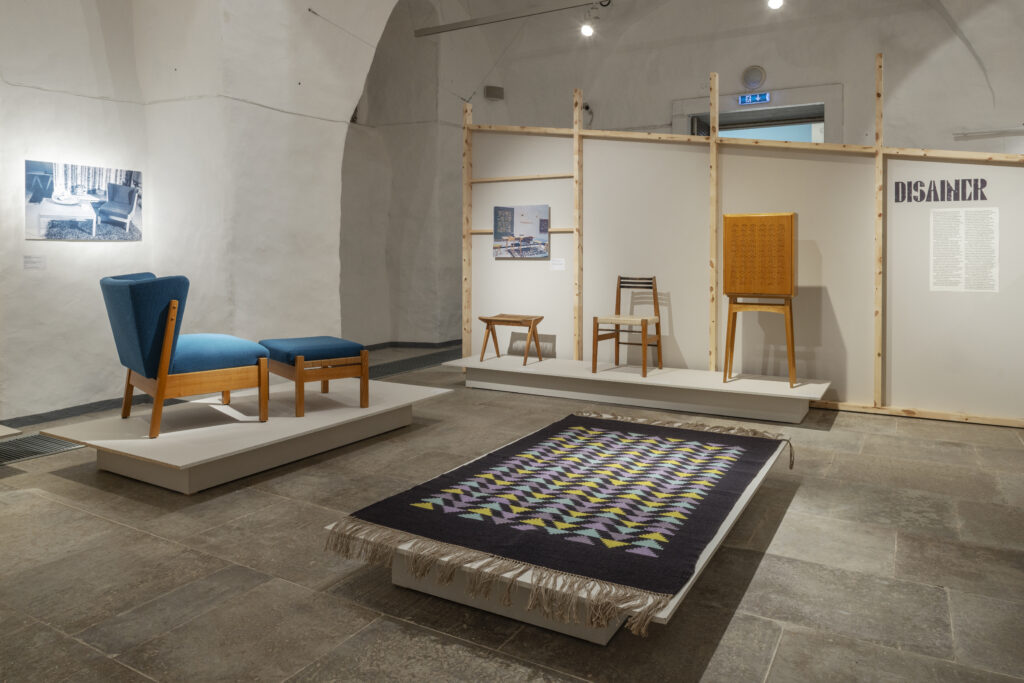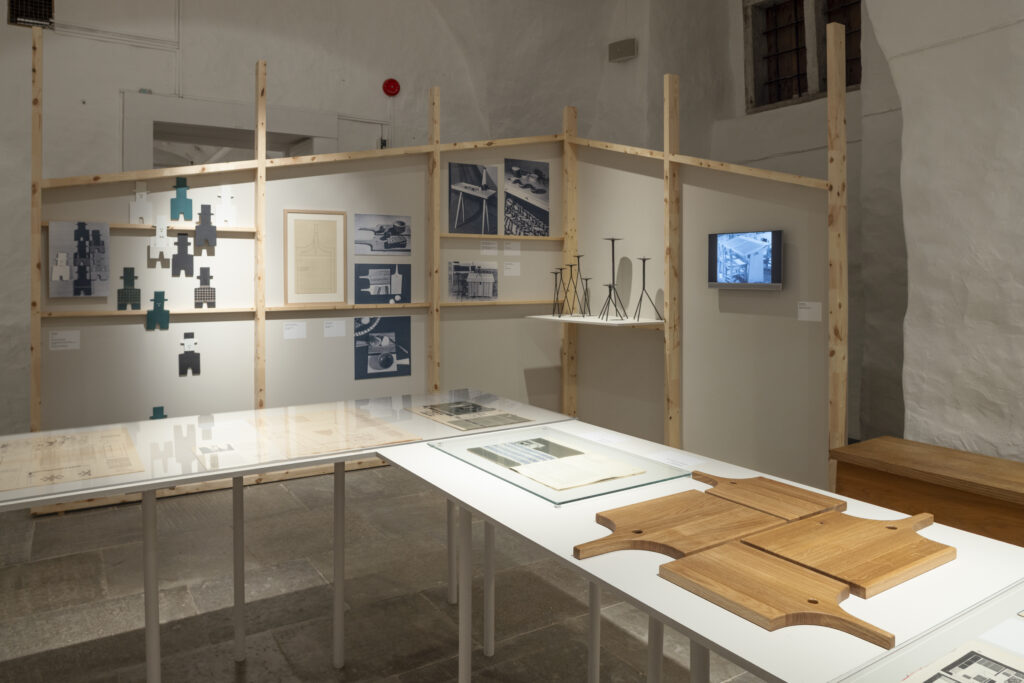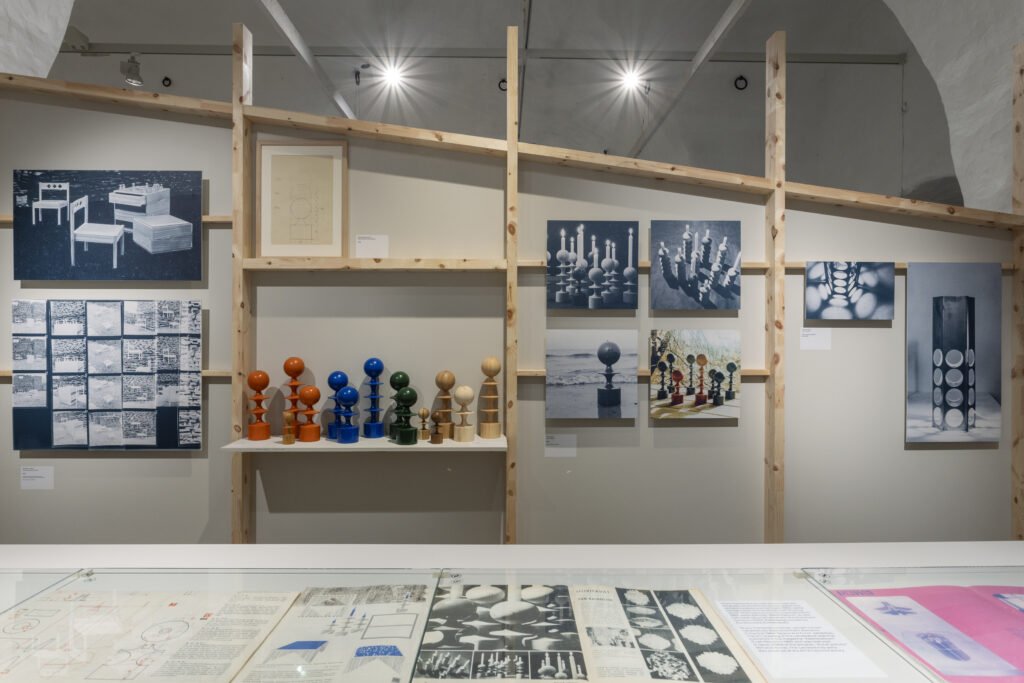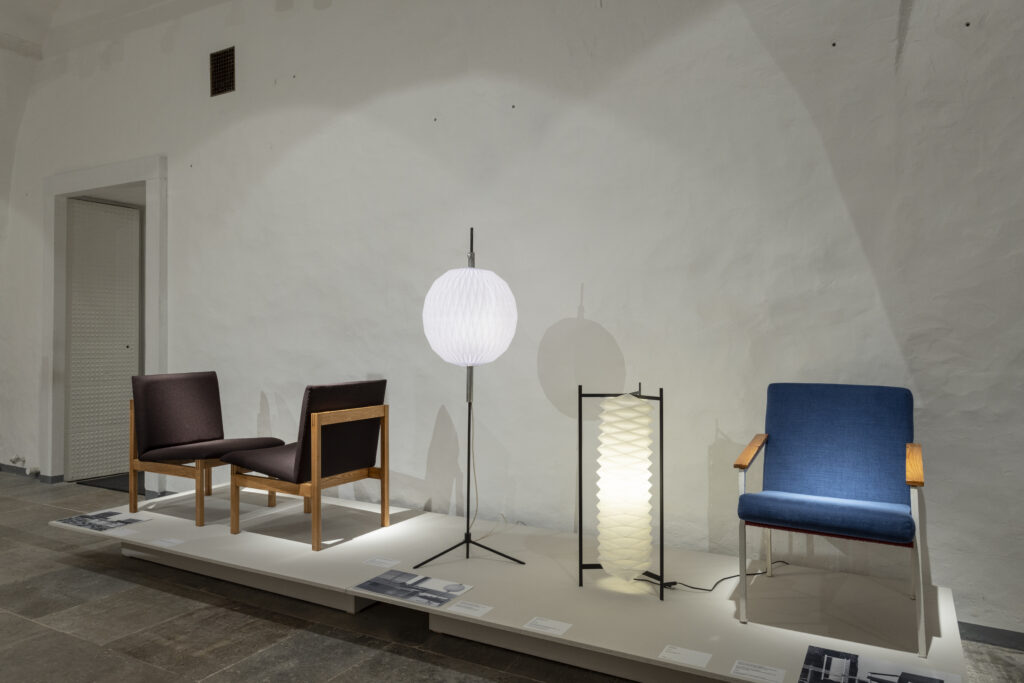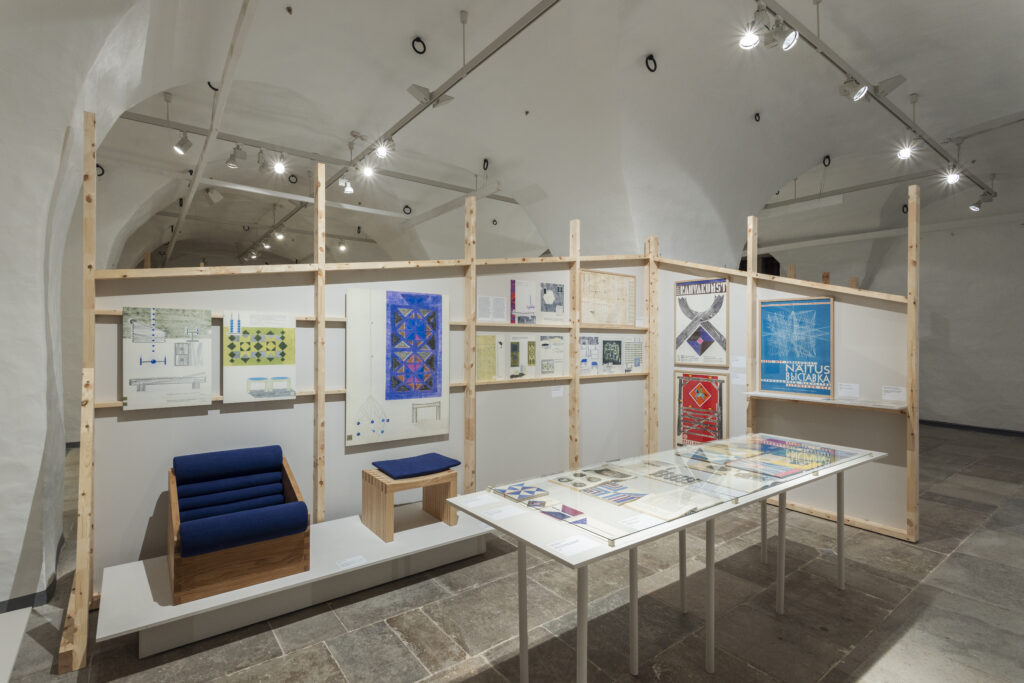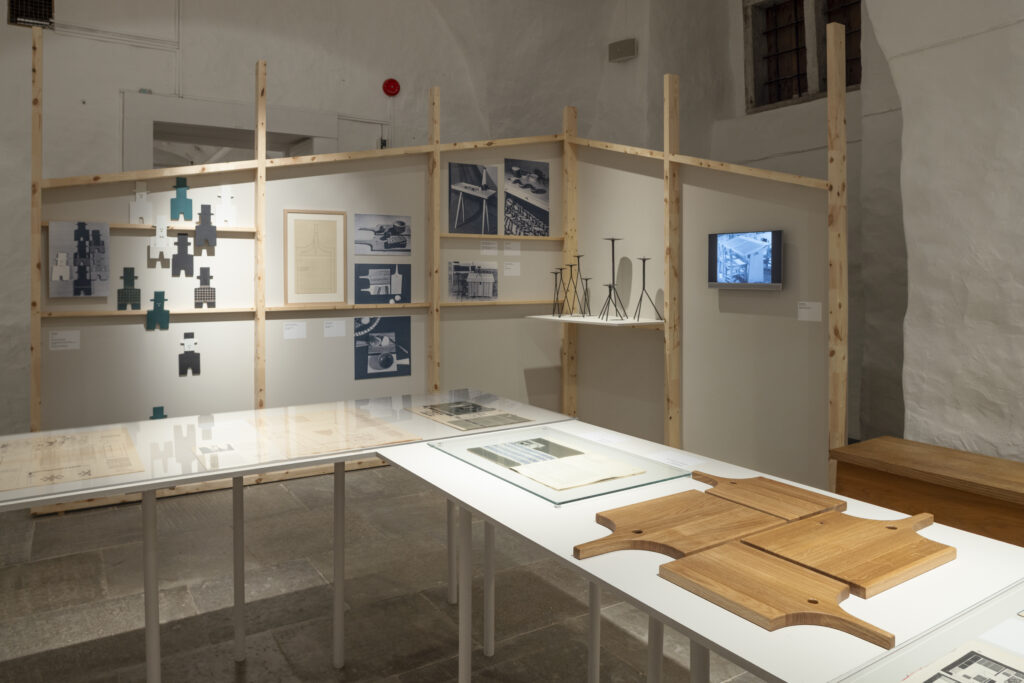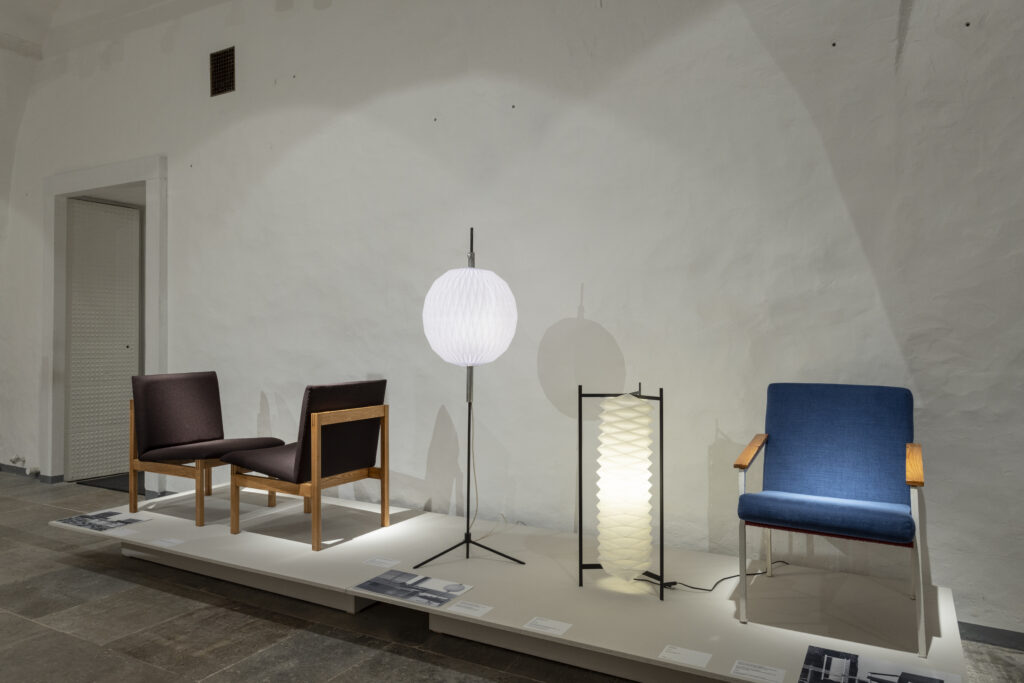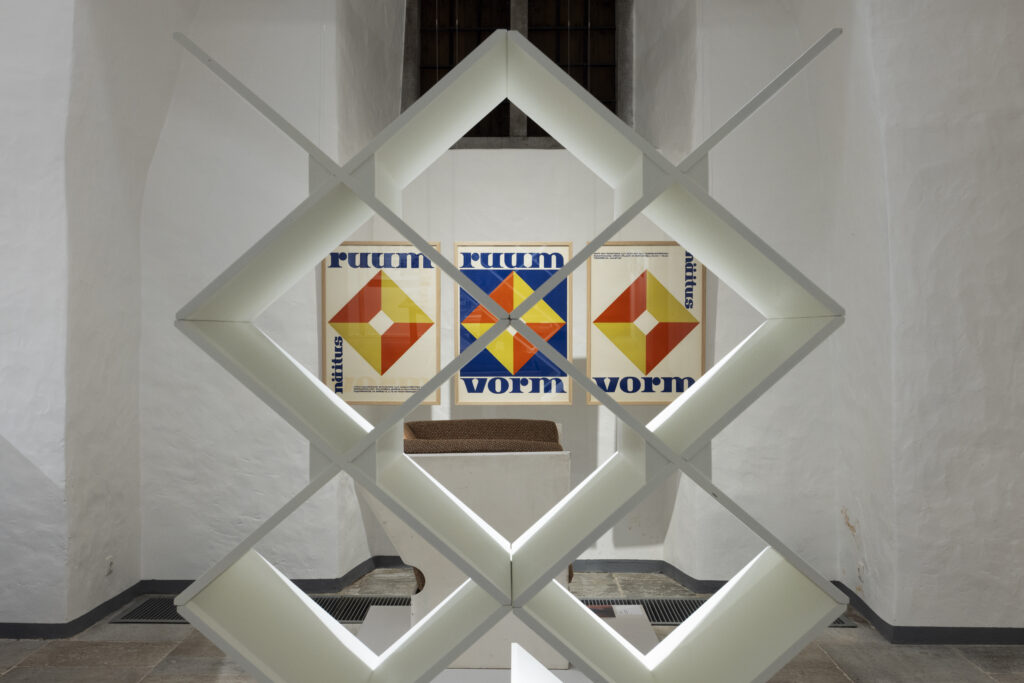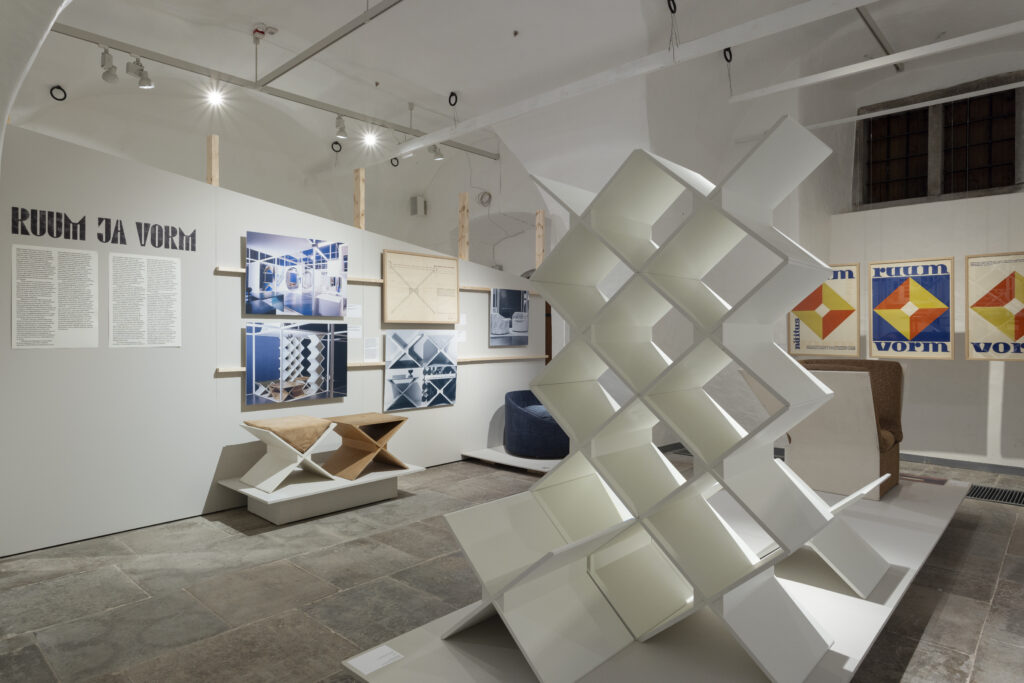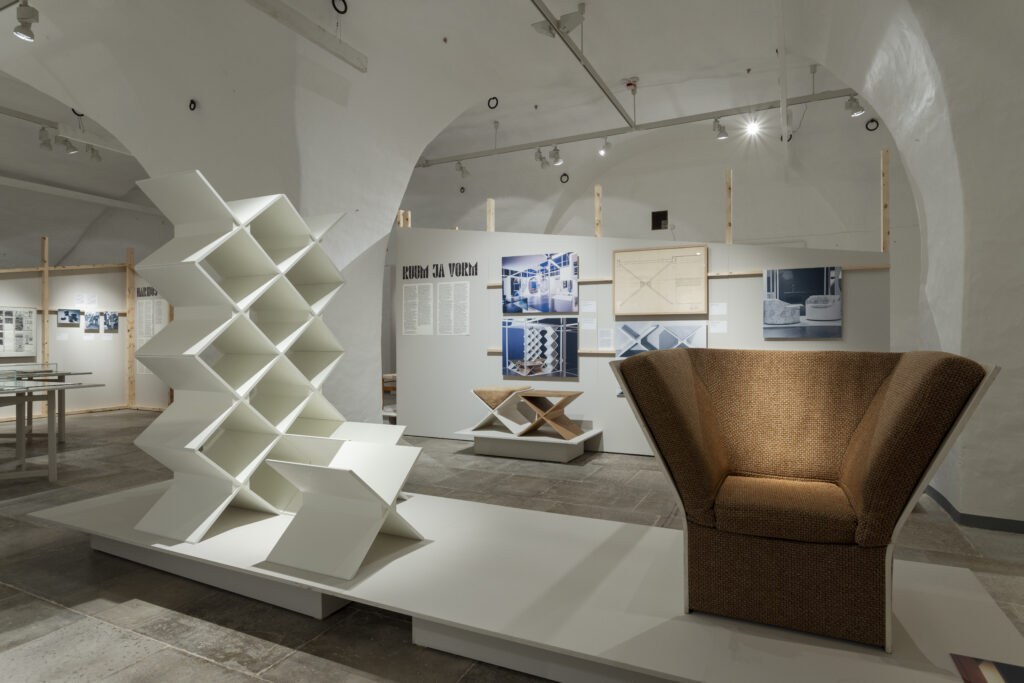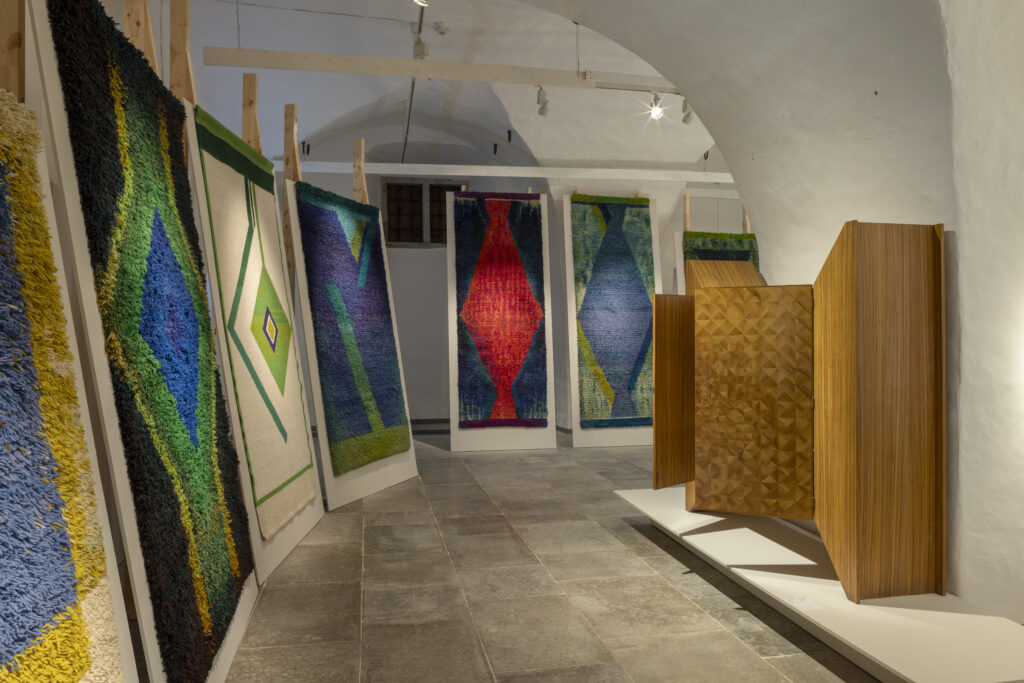Archive
Bruno Tomberg. Inventing Design
08.11.2024–30.03.2025
Ground floor hall

Starting November 8, the Estonian Museum of Applied Art and Design will present an extensive retrospective exhibition titled “Bruno Tomberg. Inventing Design” This exhibition offers an overview of Tomberg’s nearly six-decade-long career, exploring for the first time in greater depth his roles as both designer and educator. It also brings to the public a wealth of previously unknown and unexhibited materials.
Bruno Tomberg was an interior architect, designer, artist and educator, recognised as a leading voice in Estonian design during its intense development from the early 1960s onward. Through his diverse creative, pedagogical and administrative activities, he embodies the story of Estonian applied art and design.
Design education in Estonia began with the establishment of the industrial art programme at the State Art Institute in 1966. During the curriculum’s development, Tomberg was instrumental in creating content for the field, defining the concept of design, and guiding the discipline’s direction and growth while introducing both historical nuances and future perspectives. By incorporating new information and conceptual frameworks, as well as introducing specialist vocabulary, Tomberg led the transformation of this new field, which was originally rooted in applied art, into industrial art and design. As Tomberg has pointed out himself, the conceptual and formal opportunities for the field’s development were remarkably limited at that time, often arising only by chance. His unwavering ambition to generate a systematic body of knowledge was particularly valuable in this context.
While Tomberg is well-known as a foundational figure in Estonian design education, his contributions as an artist and designer, as well as a thinker on design, are less recognised. One of his most notable designs is the electric radiator produced by Volta in 1974. Throughout his life, Tomberg adeptly navigated multiple disciplines, designing furniture, ceramics, lighting, leather and metal items, textiles, and carpets. He also engaged in graphic design and created interior architecture solutions and exhibition designs. His didactic, practical advice on home and object design primarily appeared in the media during the 1960s. Among other works, several of his designs were published as DIY instructions, and some of the objects included in this exhibition are based on those drawings. The various layers of Tomberg’s creative legacy embody abstraction, geometrical form and modularity, with a number of more specific shapes recurring across different areas of his work. Tomberg was unusually travelled for the time, another factor that enriched his work.
Tomberg had a profound appreciation for history and the marks it leaves behind. In 2010, he donated his personal archive to the Estonian Museum of Applied Art and Design, and it is thanks to those materials, alongside further research, that this exhibition, divided into nine sections, was made possible. As a comprehensive overview of Bruno Tomberg’s work, designs and ideas, this exhibition is unprecedented, and much of the material on display is presented to the public for the first time.
The Bruno 100 font used in the exhibition was designed by Andree Paat (Tüpokompanii) based on Bruno Tomberg’s poster designs.
The exhibition will remain open until March 30.
Curator: Kai Lobjakas
Exhibition design: Ulla Alla, Merilin Kaup
Graphic design: Indrek Sirkel
Gallery
Photos by Paul Kuimet
